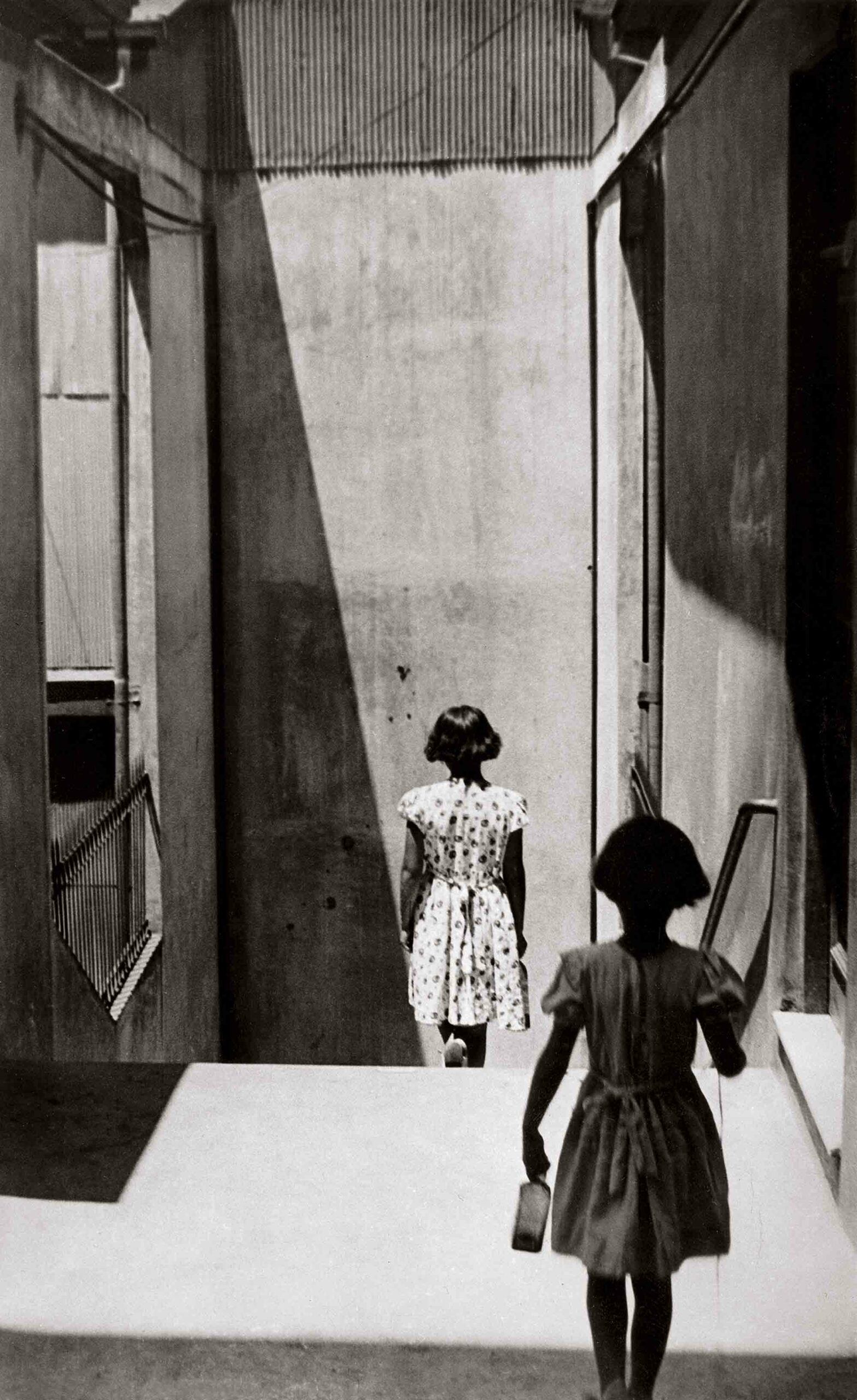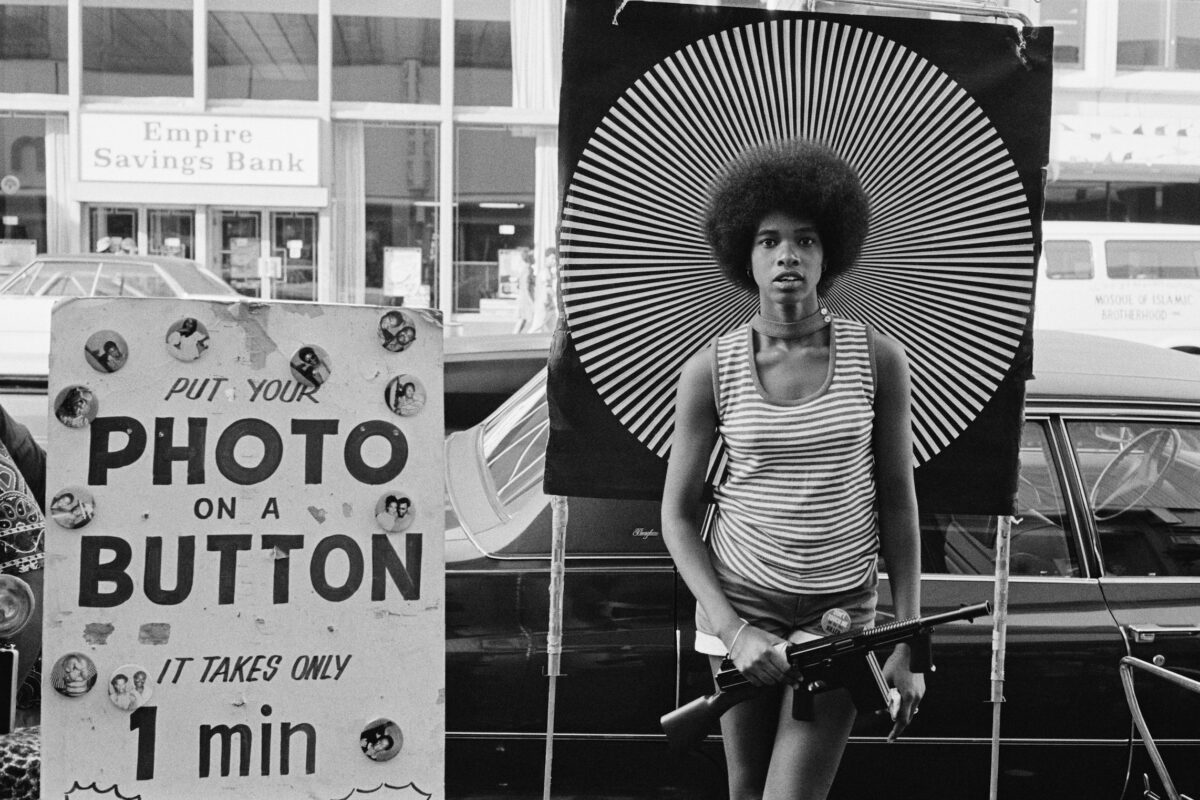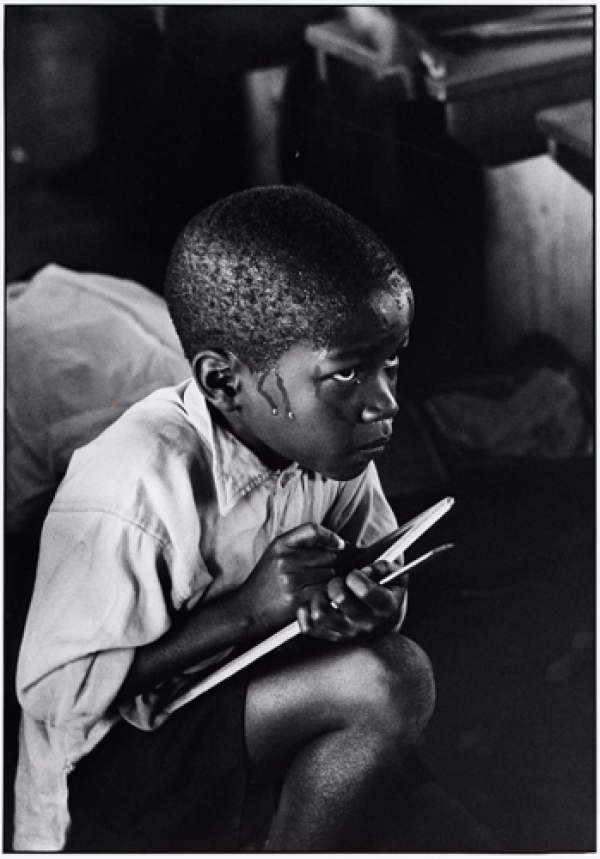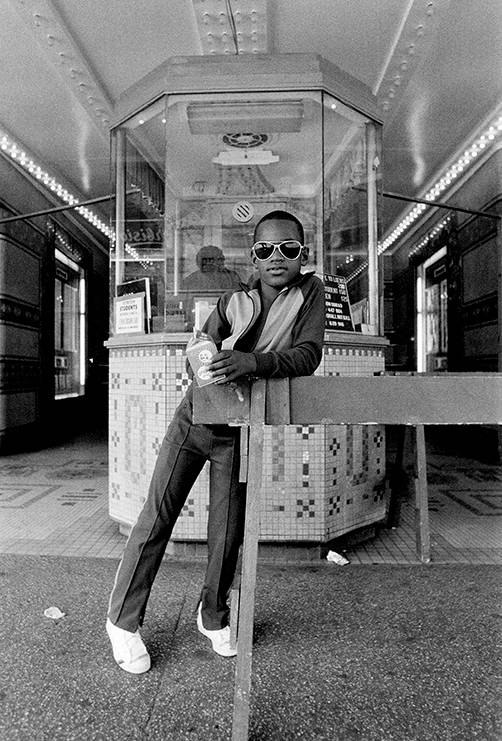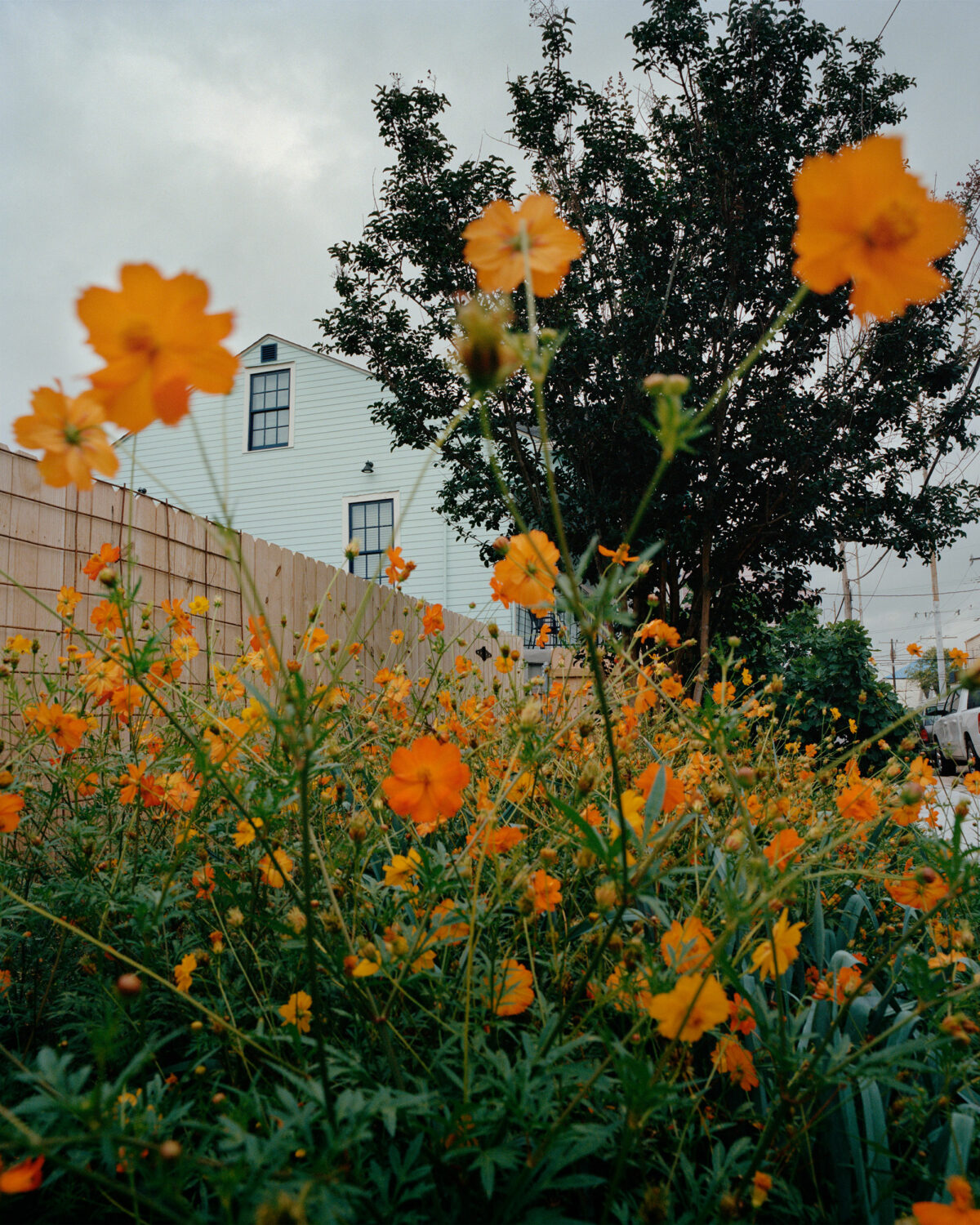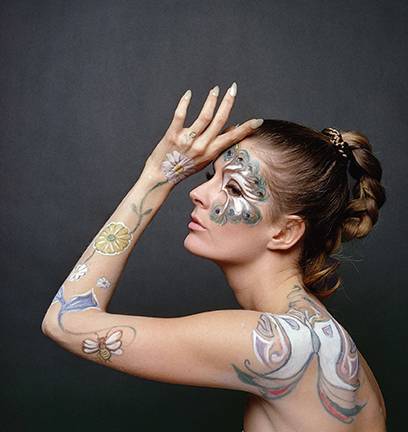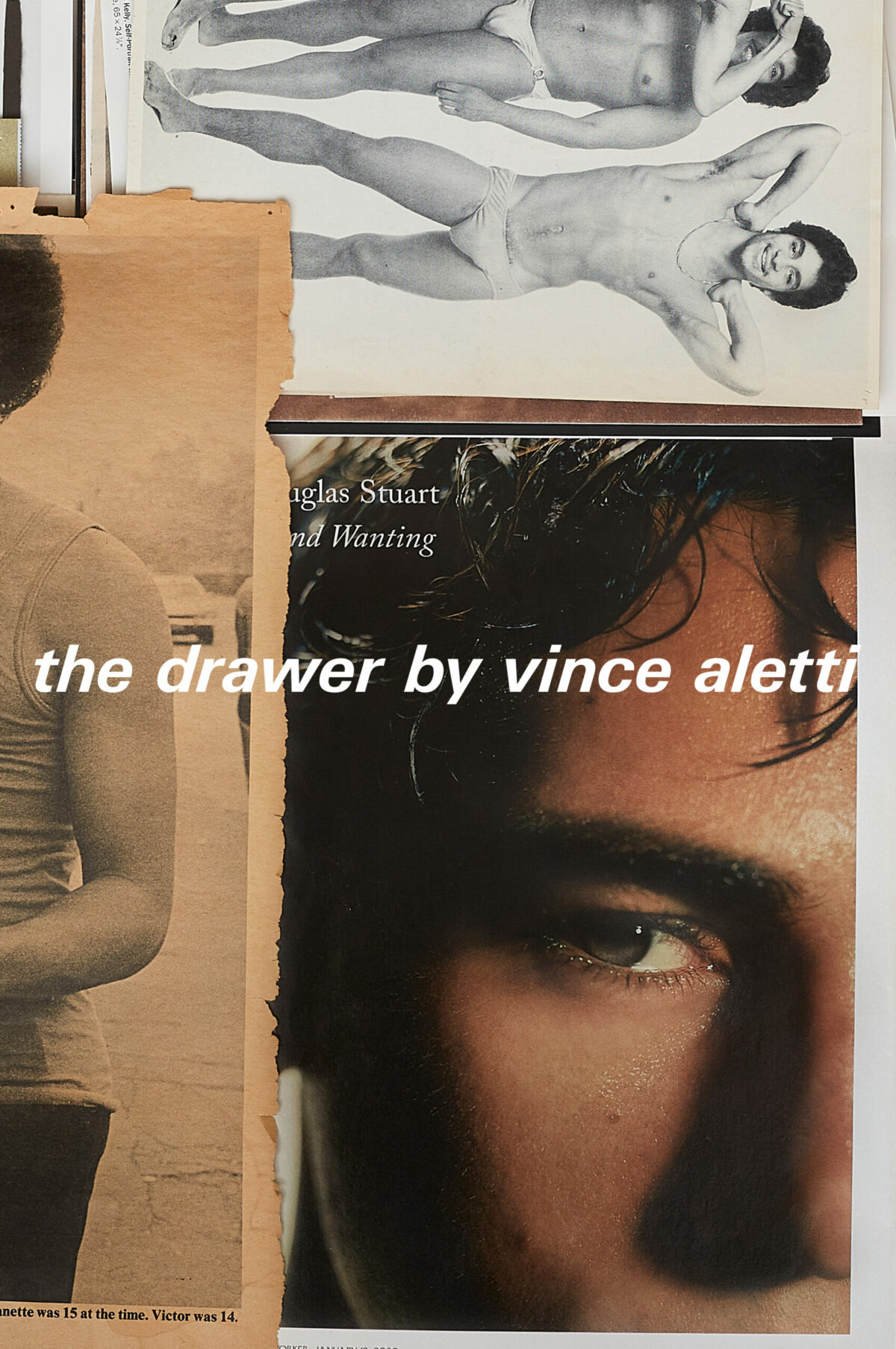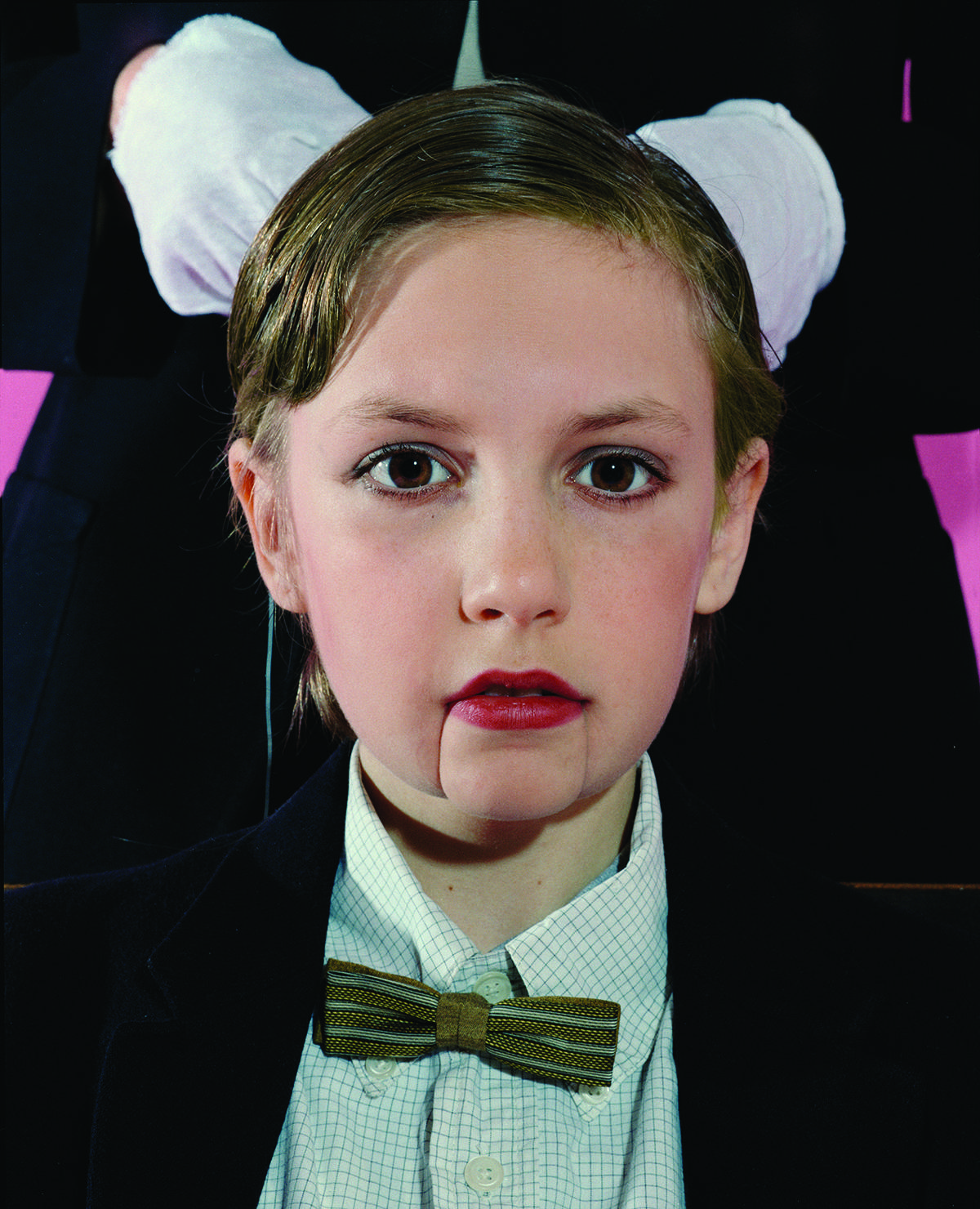We asked Teju Cole to tell us about a picture that means something to him, and why. The exhibition Teju Cole: Blind Spot and Black Paper is on view at Steven Kasher Gallery through August 11. Cole is the photography critic for The New York Times Magazine, and his fourth volume, Blind Spot, was recently published by Random House.
It takes your breath away. You have entered the marvelous. The photographer is Sergio Larraín, and the photograph is Passage Bavestrello, Valparaíso, Chile, 1952. Two girls in crisp afternoon light, seen from behind, each in a pale-colored dress, each with a bob haircut, each holding a single bottle. An image on the verge of impossibility.
One version of the story is that Larraín had seen a girl carrying a bottle, perhaps on some errand, and had asked her to pause. As he set up his shot, a second girl walked into the frame. He would later say it was the first of his magic images.
Larraín’s subjects were common: sailors, dogs, children, vagrants, prostitutes: anyone who walked the steep sinuous streets of Valparaíso could be slotted into his pictures and look as though he’d placed them there. His geometries were as precise as Cartier-Bresson’s. Like Robert Frank, he was preternaturally attuned to dream states. “A good image is created by a state of grace,” he wrote. “Grace expresses itself when it has been freed from conventions, free like a child in his early discovery of reality. The game is then to organize the rectangle.”
Larraín dropped out of the game early. In the early 70s, he drifted away from Magnum and reportage and took on a life of reclusive meditation. He was a figure of legend by the time he died in 2012. The photographs he left behind are astonishments, none more so than Passage Bavestrello.

